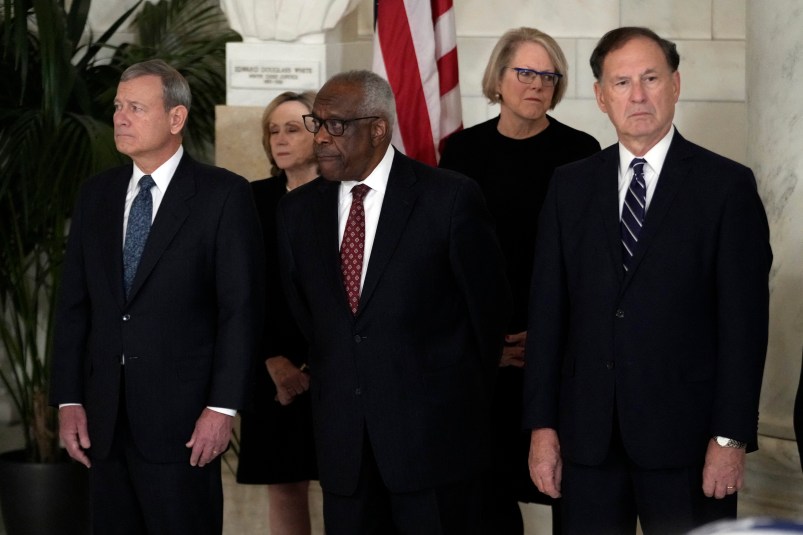There’s a good article in Haaretz today about the limits of U.S. sway over Israel with any kind of cut-off in U.S. weapons supplies. The piece is paywalled, so you can’t read it if you don’t have a subscription. But the gist covers a lot of ground we’ve discussed. Israel can make a number of the weapons itself, just not as quickly or cheaply. Most big-ticket items either aren’t being used in Gaza or don’t need to be replaced — aircraft, for instance. What Israel really needs are various munitions. But in the absence of those it might be forced to use bigger and more lethal bombs in Gaza. There’s even the risk that it might boomerang and strengthen Netanyahu at home.
These are all good points and the global point Anshel Pfeffer makes is a key one, that people in the U.S. — some genuinely, others knowingly — greatly overestimate how much power the U.S. has over Israel in cases where it believes its vital security is at stake. What the U.S. can and has done many times is simply slow up deliveries. That doesn’t need to be announced and isn’t even formal policy. But it sends a message.
There are two points I’d like to add to this.
The first is that because the impact of these possible decisions is largely symbolic, the U.S. doesn’t have to do that much to send a clear signal. When I say symbolic, even a total cut off of arms wouldn’t really force Israel’s hand in Gaza. So the U.S. could say that new weapons can’t be used in Gaza or place comparable restrictions. So it’s not that kind of all-or-nothing bind that some suggest. The U.S. can do as little or as much as it wants. The most obvious approach is simply to maintain a normal pace of deliveries but say certain weapons can’t be used in operations in Gaza.
There’s been a suggestion that conditions could be placed on offensive as opposed to defensive weapons systems, which would protects things like the Iron Dome anti-rocket system. But the distinction between offensive and defensive systems can be kind of illusory, especially for a military whose doctrines all demand taking the initiative to ensure rapid and decisive ends to conflicts taking place over small geographies.
The other point is one that I think has bulked much larger in U.S. decision-making than some suspect. The U.S. wants Israel to wind down its operations in Gaza. But it doesn’t want a war between Israel and Hezbollah in the north. Specifically, it doesn’t want to restrict the sale of weapons Israel would need in such a war. If Israel is seen as vulnerable on that front it could spur Hezbollah to initiate a war it has so far clearly wanted to avoid. Similarly if Israel believed it would face slowly dwindling stockpiles of critical munitions and thus grow weaker over time, that might spur Israel to strike preemptively while it still feels it is strong. In a way it’s the same difference: The central goal of U.S. policy from the start of this war has been to prevent a larger regional conflict. And a cut off or restriction of U.S. weapons supplies to Israel aimed at Gaza would be deeply destabilizing to the largely frozen conflict between Israel and Hezbollah.
Late Update: Here’s a good Times of Israel piece about whether there’s a “red line” from the U.S. about an Israeli attack on Rafah. It notes a critical point that makes a lot of the Rafah discussion less than it seems. Israel has dramatically scaled back its deployment in Gaza, in large part because the IDF had a huge reservist component deployed in Gaza and those deployments are highly disruptive to the economy and society in Israel when they stretch over months. So in the near term it seems highly unlikely that an invasion is in the cards at all.






